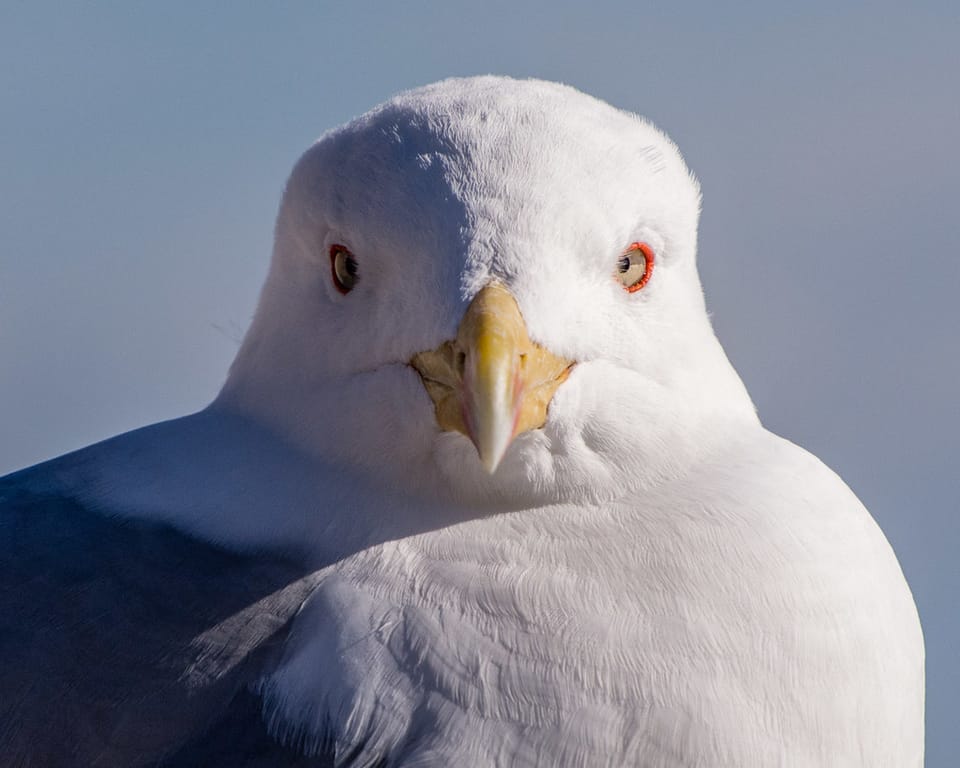Book Review: Pests: How Humans Create Animal Villains by Bethany Brookshire

“Pests are proof not that nature is out to get us, but that it’s all around us. Nature lives in our walls, poops on our heads, and eats all our tomatoes. Pests are what happens when we think we’ve got nature all figured out, and nature decides to give us the finger. Their story is one of human irritation, but also of animal triumph.”
What is a pest?
What animal annoys you the most? Is it the gull that steals your french fries, the Canada goose that poops all over your neighbourhood park, or the mouse that finds its way inside your house every winter? In Pests: How Humans Create Animal Villains, Bethany Brookshire says, “We love wild animals. But we only want them in the wilderness. Our human-dominated landscapes are another matter. There, we are in control, and the only animals allowed are the ones that are in our power. When nature reminds us that our control is never absolute, we feel it like a violation of our sacred space. We respond with anger, hatred, and violence.”
Not every animal has the capacity to be a pest. To thrive in a human-centric environment, animals need to be generalists, prepared to eat whatever is available. They must be flexible and able to adapt in an ever-changing world. They need problem-solving skills. In Toronto, raccoons took just days to work out how to open the supposedly raccoon-resistant garbage bins.
Other animals don’t start out as pests but become one when we no longer have a use for them. For years, people bred pigeons for food and to deliver messages; now they’re a nuisance. In Australia, cane toads were introduced in order to control the grubs on the sugar-cane crops. Turns out, they aren’t very good at eating the grubs and they’ve created their own problems.
And sometimes what we consider a pest is actually really useful. The Chinese and the Prussians tried to rid their countries of house sparrows that they believed were eating their crops. But, with fewer sparrows, the insects and caterpillars had a field day, stripping fruit trees bare and feasting on field crops.
A recent article points out that over 40% of all mammal species are rodents and play numerous roles in the ecosystem. They assist in plant propagation by eating and dispersing seeds, create underground habitats used by other animals, and are an important link in the food chain for birds of prey, wolves, and many other creatures.
Coexistence
Brookshire points out that “dominion, the idea that humans are destined to be here and to be in charge, runs deep in our culture ... If you can make the argument that this animal is harming you – better yet, that it’s an existential danger to the survival of you or something you hold dear, from an endangered ecosystem to your garden, dog, cat, or cow – you can feel absolved of what you might have to do to get rid of the threat. It’s so much easier to just call something a pest and make it killable.”
Coexisting with other animals isn’t easy and Brookshire points out that it will require “a network of changes that acknowledge that animals live with us, instead of viewing them as constant interlopers on our world.” This will require rules. We lock our doors to prevent robbers from entering our homes. We’ll need to remove bird feeders at night and install fail-safe garbage cans to deter bears.
Language also makes a difference, helping us to shift our perspective. The website for the City of Calgary has a page listing common pests, ranging from dandelions to ants, squirrels, and beavers, that “can ravage our gardens, parks, green spaces and natural areas.” Other communities are making an effort to coexist with urban wildlife. BC’s District of Elkford has an urban responsibility bylaw setting rules for how residents can reduce human/wildlife conflict and mitigate the community’s impact on wildlife.
Knowledge is key. North Americans are eager to protect Africa’s elephants, but we don’t have to live with them. In Africa, elephants destroy crops and homes and kill people. Slowly but surely communities are developing ways to prevent these attacks using flags, beehives, and helicopters.
We need to be consistent. We can’t feed urban wildlife but also want them destroyed.
Finally, we need humility. Brookshire says, “We will need to acknowledge that existing with animals cannot be done without some inconvenience – and even difficulty and pain … Coexisting in a society with pests would mean giving up some of our power, acknowledging there are some things we cannot always control. Our flocks and harvest will require protection – guard dogs, scaring lights, or flags. We and our pets won’t roam in the woods without a care.”
See Also
Carnivores and Communities in Southern Alberta [EcoFriendly West]
Photo credit: https://www.flickr.com/photos/apmckinlay/30242475914
EcoFriendly West informs and encourages initiatives that support Western Canada’s natural environment through its online publication and the Nature Companion website/app. Like us on Facebook, follow us on Twitter, or subscribe by email.

Member discussion